The current trend of below normal temps across the Corn Belt and below normal in the extended runs still has the chatter picking up about average frost and freeze dates across the states that have crop progress the farthest behind. Ironically, that encompasses the entire Corn Belt as well as the fringe areas joining it, although the most critical areas are north, west and eastern parts of the Belt. Not sure whether that helped create some of the support yesterday or not, but it’s certainly going to be watched closely as we creep closer to fall.
When you look at the top five corn producing states in the US, percent dough in Illinois corn is 19% behind the 5 year average, Iowa is 14% behind, Minnesota 13% behind, Nebraska 11% behind and South Dakota 29% behind, it’s significant that weather is the biggest factor for the market from this point forward. Additionally, at this point in the growing season, there’s typically not a single state in the top 18 producing states that’s below 91% on the amount of the soybean crop blooming. On Monday’s crop progress report, there were still 5 states in the 80’s percent-wise. Illinois was still 15% under the 5 year average on pod setting. Indiana is 28% behind the 5 year average. South Dakota is 21% behind. Cooler temps do great things for production potential in areas like Kansas or Missouri, but areas farther north it could be a bad deal this year. Bad deal production-wise if it remains cooler than normal and frost dates are normal or earlier. The flipside to that though, if it warms back up and first frost dates are way later than normal, a lot more of this crop makes it to the finish line unscathed. Obviously normal or early frost is market positive. Later means bad things for price. The one, key and critical component to all of this is, DO NOT listen to or believe anyone forecasting early frost more than 7 days out from the forecast. Zero validity other than a sales pitch to get your attention.
Weekly export sales numbers in the grains were bearish for the fall crop markets of corn and soybeans and really good in wheat. Wheat sales were 24.3 mln bushels of old crop and no new. HRS wheat led the totals were 8.7 mln in sales and HRW was a close second at 8.3 mln. Old crop corn sales were negative 100k bushels from more cancellations and switching than new sales. Soybeans were 3.5 mln bushels of old crop. Cumulative old crop sales in corn are still 127.6 mln bushels below USDA’s export target with only a week and 2 days left for sales data. 61.4 mln of that total still hasn’t shipped yet either, which accentuates the bearishness of the corn export data. Soybeans are currently 89.9 mln over their USDA target, but have 136.7 mln unshipped in the lineup. There’s a chance beans will make their target, but it isn’t a sure deal. Corn will be a tough chore to hit the target.
New crop sales are the thing concerning me the most. Usually in the month of August it’s common to see new crop sales in corn and beans that are over 50 mln bushels some weeks. In recent weeks we’ve seen single digit or low double digit numbers in the teens in some instances. This week’s new crop totals were 33.8 mln corn and only 13 mln beans. Not a terrible number for corn, yet not good either. Beans were terrible.
6-10’s last night showed above normal temps across the HRW wheat belt, which included the Gulf and SE US. Nebraska showed normal temps for the eastern 1/3 of the state, but temps in Iowa, Minnesota and Illinois east were below normal still. The big row crop areas in the Dakotas were still below normal as well. Precip was above normal from Nebraska north and straight east of the Kansas/ Nebraska line through the Corn Belt. Kansas was normal to below central and south and below normal precip was on tap for all of Oklahoma and Texas.
Pete Loewen
Loewen and Associates, Inc.
Pete Loewen / Matt Hines / Doug Biswell / Matt Burgener
www.loewenassociates.com
